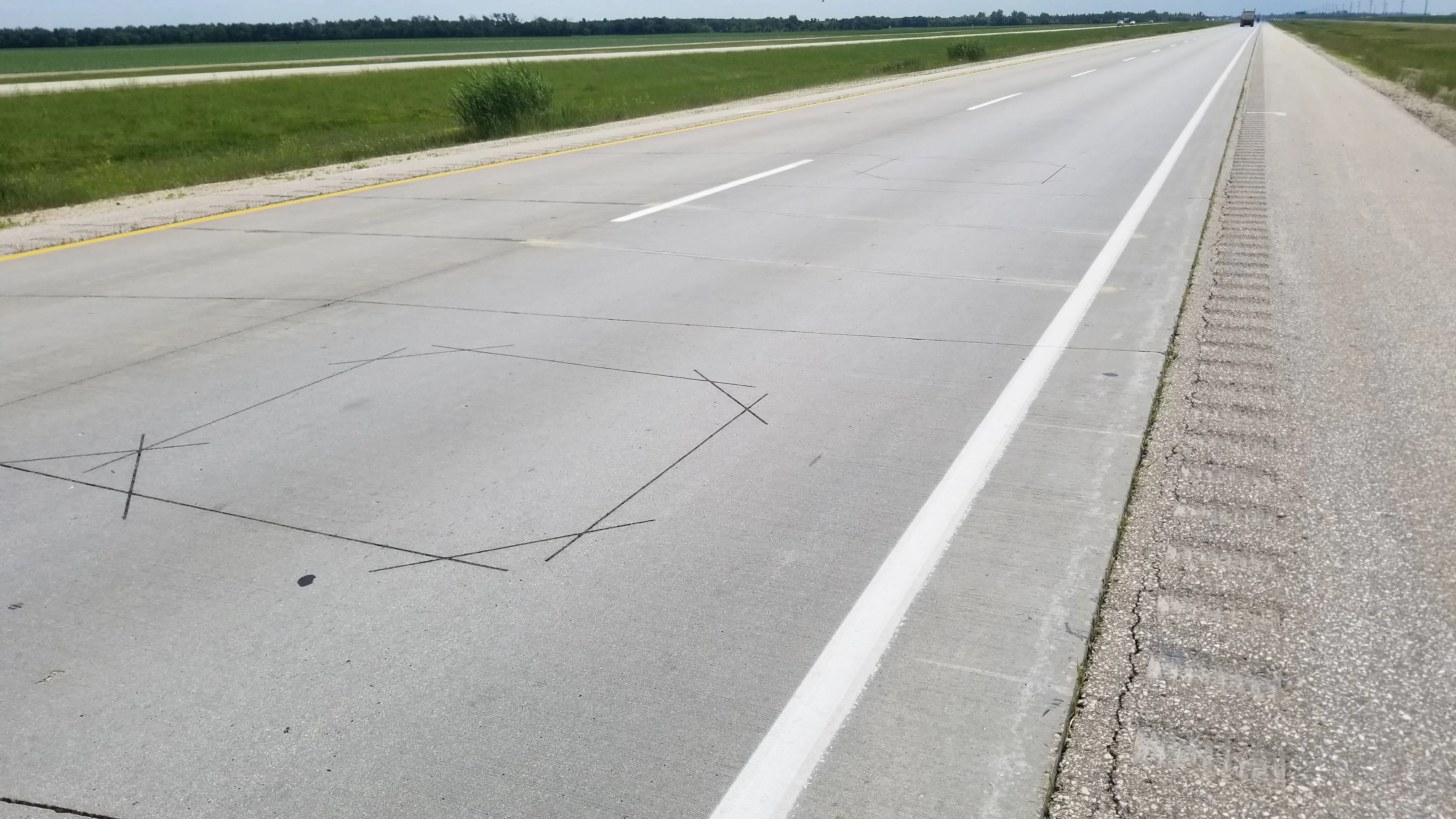In response to the UK Government’s Fifth Carbon Budget, Freight on Rail says that the Department for Transport must support EU plans to introduce CO2 truck standards to bring HGVs into line with cars and vans. In the UK, HGVs contribute 17 per cent of surface transport’s CO2 emissions even though it only makes up five per cent of road miles driven.
Philippa Edmunds, Freight on Rail manager, Campaign for Better Transport said CO2 standards and reduction targets for HGVs are long overdue as truck manufac
July 4, 2016
Read time: 2 mins
In response to the UK Government’s Fifth Carbon Budget, Freight on Rail says that the 1837 Department for Transport must support EU plans to introduce CO2 truck standards to bring HGVs into line with cars and vans. In the UK, HGVs contribute 17 per cent of surface transport’s CO2 emissions even though it only makes up five per cent of road miles driven.
Philippa Edmunds, Freight on Rail manager, Campaign for Better Transport said CO2 standards and reduction targets for HGVs are long overdue as truck manufacturers have failed to significantly improve truck efficiency of their own accord over the past 20 years.
She added that there is potential to improve HGV engine efficiency by around 30 per cent, which would be very beneficial to hauliers and freight users as well as helping the UK Government to meet its legally binding climate change targets.
Philippa Edmunds, Freight on Rail manager, Campaign for Better Transport said CO2 standards and reduction targets for HGVs are long overdue as truck manufacturers have failed to significantly improve truck efficiency of their own accord over the past 20 years.
She added that there is potential to improve HGV engine efficiency by around 30 per cent, which would be very beneficial to hauliers and freight users as well as helping the UK Government to meet its legally binding climate change targets.









